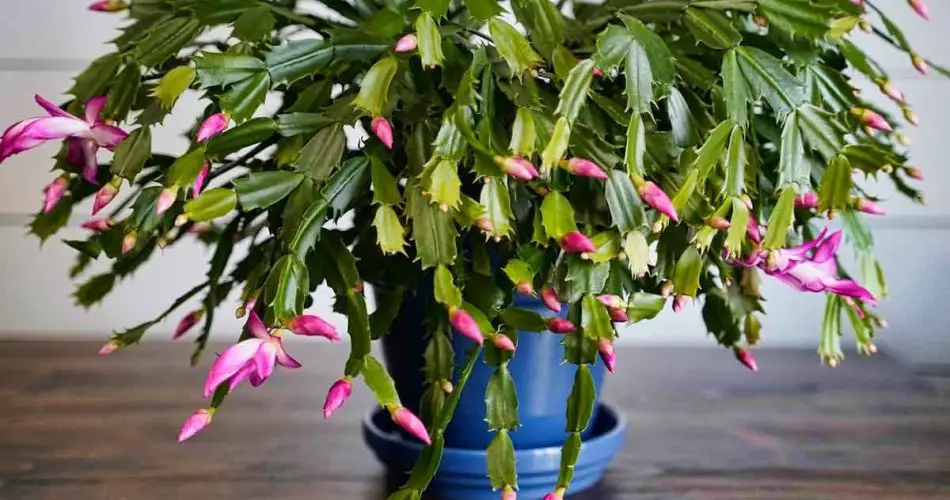The Christmas cactus, also known as the Easter cactus (Schlumbergera bridgessii), is a captivating winter-blooming houseplant that adds a burst of color to various indoor settings.
This popular plant is not only low-maintenance but can also be easily propagated and, with some simple precautions, encouraged to bloom continuously.
To propagate the Christmas cactus, cut a small “Y”-shaped segment from the stem tips. Ensure the segment is taken from a healthy part of the plant. Plant the cut segment by inserting about a quarter of its length into slightly sandy soil. Evenly moisten the potting soil and place it in a well-lit area, avoiding direct sunlight.
To generate roots for new plants, cut shoots from the tips, specifically at the second joint of each plant. After a few weeks, the cut portion should exhibit signs of growth, at which point it can be transferred to another pot containing a mix of soil, compost, and sand.
Caring for the Christmas cactus to promote flowering requires some attention, although it is generally undemanding.
- Light Conditions: While the plant adapts to low light, placing it in brighter environments will encourage more flowers. Avoid direct sunlight, as it can burn the leaves.
- Watering: Regular and generous watering is crucial during spring and summer to maintain consistently moist soil without water stagnation. Water frequently but allow the soil to dry out slightly, avoiding overwatering to prevent root rot.
- Temperature and Humidity: Christmas cactus prefers temperatures between 15°C and 21°C with medium humidity. Placing a water-filled pebble tray under the pot enhances humidity.
- Dormancy: After flowering in the fall, reduce watering frequency and light to allow the plant to complete its dormancy cycle. Provide at least 12-14 hours of darkness and maintain a temperature between 10°C and 12°C. Keep the plant away from heat sources and drafts.
With proper care, the Christmas cactus can surprise with frequent and unexpected flowering cycles.
